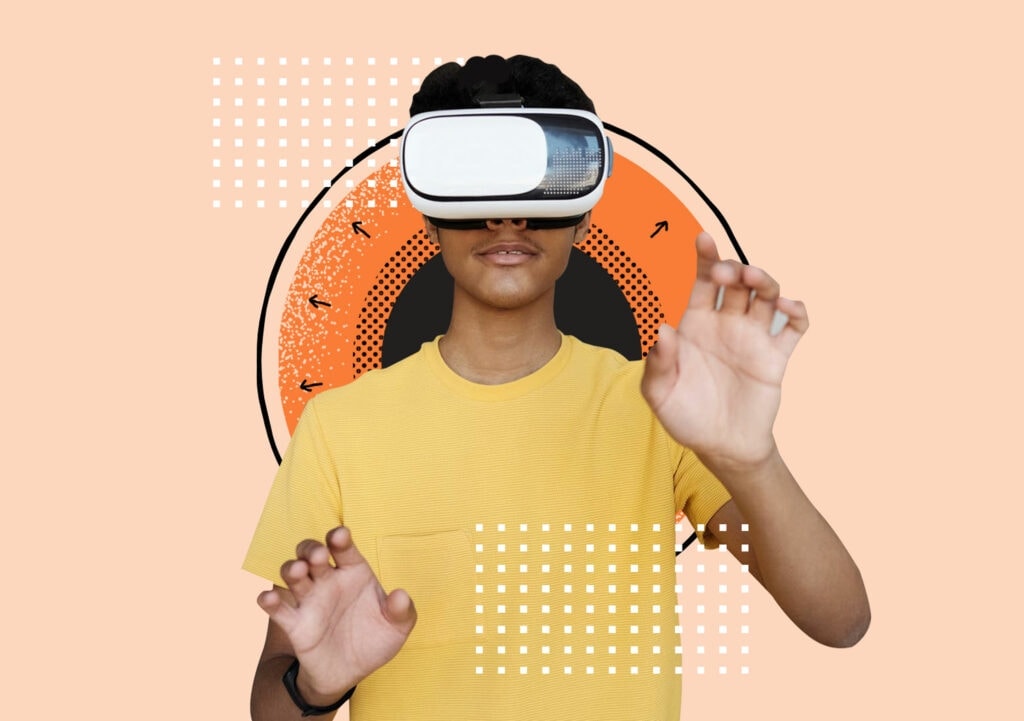Here are the HR trends and innovations we predict will impact the workforce and the workplace in 2019.
The candidate-led job market
With changing expectations when it comes to job searching and recruiting, the realm of recruitment has shifted towards the candidate-led job market. Two ways in which this shift will impact the way HR recruits includes talent pooling and blind hiring.
As departments continue to grow, it’s important for companies to ensure that they maintain a full talent pool so they always have a selection of qualified prospects within the pipeline when a new role comes up. HR technology will be used more holistically to help predict and plan for possible skills gaps along with internal recruitment possibilities.
For every organization, diversity is a means of effectively improving work performance and workplace culture. To combat the risk of unconscious bias when hiring, companies will integrate advanced digital recruitment solutions to identify and remove existing biases in the hiring process.
A focus on immersive learning and development
In the modern workplace, employees are seeking organizations that will invest in their skills development on an ongoing basis. As a result, companies will look to offer training initiatives and upskilling programs as part of their benefits when hiring new employees.
Additionally, immersive experiences in employee training, learning, and development will be supported by augmented and virtual reality systems. Before their first day in the office, a new hire can already virtually "meet" their team members and get a head start with their onboarding by participating in virtual training modules, all while they themselves are based at a remote location.
Employee experience is key
The employee experience has evolved to become the lens through which of HR's work is viewed, starting right from when a prospective candidate initiates the first contact with the employer and continuing throughout the employee journey.
Through this lens, the employee experience goes beyond a metric at the end of a survey and is expanded to encompassing the definition of how work is conducted. Empowered by modern HR technology, companies will draw valuable insights from their people data to inform effective engagement programs, which will then extend to correlations between HR and business outcomes.
Remote-friendly work arrangements
A typical work perk offered by startups, more and more employers are getting onboard to offer flexible work arrangements, such as flextime and telecommuting. As well, companies will increasingly recognize the benefits of hiring and retaining remote workers. This is all in line with current societal trends as they relate to the workforce, as millennials and Gen Z are becoming more prominent in the workplace and coworking spaces are emerging. These changes are pushing organizations towards adopting more flexible working policies for their people, whether working from the office, a shared space, or a remote destination across the globe.
'Total wellness' in the workplace
With the rapid pace of change and the exponential growth of data and technology available to us, people are facing new levels of overload. As one's emotional, social, and physical well-being at work is directly impacted by their work environment, organizations will work to help employees through a holistic workplace wellness strategy of 'total wellness' to address the emotional, physical, financial and professional needs of employees.
Traditional workplace wellness programs focusing on physical health such as exercise and nutrition are quickly being expanded by integrating programs that cater to an employee’s total well-being, including mental health and financial wellness. To help them facilitate these programs, HR pros are integrating transformative technologies into their workflows to help them best monitor and develop their employees.
Looking ahead
With people being a critical asset in a company's success, it’s vital to ensure HR has the resources to help develop employees for both their future and their company’s future. The bottom line of these efforts is best supported by the use of emerging HR technology and tools to address the demands and challenges that will emerge in 2019 and beyond.



